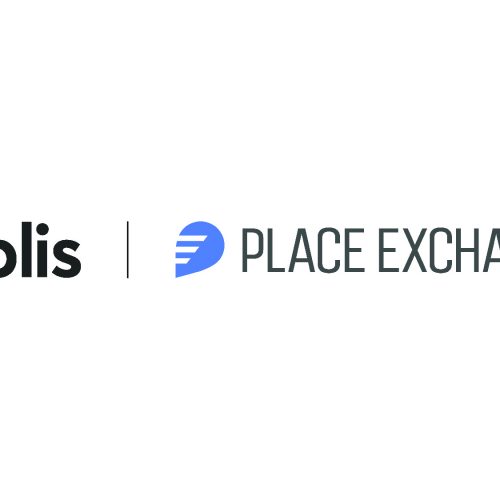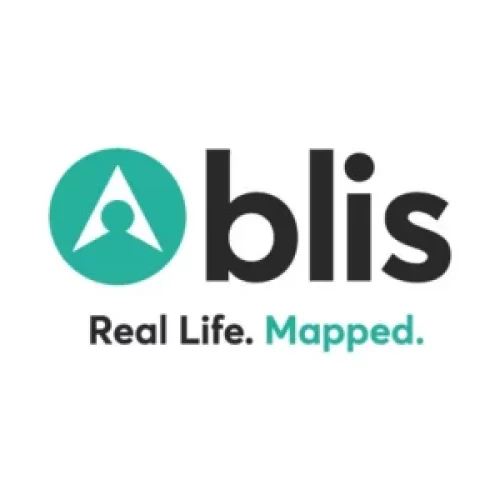When the dust settles on 2016, mobile ad spend is set to hit the $100bn mark. Mobile now accounts for over 50% of digital ad spend.
In 2017, the prediction is that this will further increase by 33.9%, bringing mobile ad spend to $133bn and taking up 75% of digital advertising spend.
Here are some of the many highlights that came our way in 2016, with a look ahead to what 2017 may have in store for us.
Ad Blocking
Ad Blocking may have been around for years, but in 2016 it got a place in the limelight. Bad creative, bad placement, and bad audience targeting were all responsible for the increase of blocking software.
It highlighted that the public didn’t necessarily hate adverts, they just didn’t like bad ones (which pushes best practice and mobile-first creative higher up the agenda).
But the blockers didn’t stop there. Eyeo GmbH, the company that creates Ad Block Plus, noted that 90% of its 100 million users would be willing to view “Acceptable ads”.
Its plans to sell ads has ruffled more than a few publisher feathers.
- Content blocker impact on mobile app advertising in 2016 – $74 billion (an estimate)
- Content blocker impact on mobile web advertising in 2016 – $22 billion (an estimate)
Vertical Video
98% of us opted for a more vertical viewpoint this year. Why? Because platforms such as Instagram and Snapchat became second nature, and consumers started to expect the same practice elsewhere.
Brands also realised that 90% of us viewed these videos in a mute state, requiring brands to create mobile content that looked more like silent movies.
Brands also had to consider attention spans and how to convey a message within eight seconds. This is important as extending this goldfish-like engagement rate by two further seconds increases brand recall four-fold and intent to purchase three-fold.
Virtual Reality
As a member of the mobile jury at Cannes Lions this year, we gave the Grand Prix to the New York Times for creating VR specific content and distributing 1.8 million Google Cardboard devices to its subscribers.
VR was launched with much fanfare at MWC 2016, and could represent the virtual future of mobile advertising. Our industry’s ability to lower the cost of production for hardware and creative will define whether VR migrates from a high-end, hardware dependent experience to a more pervasive user experience. Advertisers love reach, so if the latter comes to pass then all of us will have to learn to speak VR.
IoT
More and more devices can now be digitally connected. From the Internet of Cows at MWC to the consumer-facing thermostatic and home security controls, connections are growing rapidly. Even the humble toothbrush joined the ranks of the connected fridge and car this year.
Pokémon GO
Launched in July 2016, Pokémon GO took the world by storm, with 500 million downloads. With 20 million daily users and amassing $600m in-app purchases, Pokémon put AR on the map and reached unprecedented scale for a mobile game.
Apple has taken the pocket monsters to heart, revealing its partnership with Niantic in September and announcing the release of an Apple Watch version of the game.
Looking ahead…
It’s important to adopt this mantra in 2017: “Mobile is a behaviour, not a device”. As part of your new year’s resolutions you should be considering mobile as part of every campaign that you run.
Machine Learning
Using technology to bring together multiple points of data to make faster, better and more targeted decisions isn’t a new concept, but it’s now starting to deliver amazing results as we learn to harness information.
Combined with a better understanding of the mobile consumer, multiple platforms, and exciting new advertising formats, this is a dynamic space that should grow rapidly.
This will become second nature to all aspects of digital, but mobile will hold a particularly strong card thanks to its ability to provide real-time and historic consumer location as well as app install data that can be combined to create a consumer fingerprint.
Messaging Bots
The ability to carry out direct conversations thanks to Artificial Intelligence is appealing to both brands and consumers. It’s become even more useful when consumers move past the urge to break bots by asking them ridiculous questions. They can and will find a niche for many.
IOT & Voice Search
Nothing sums up consumer attitudes to the Internet of Things better than this article in the Guardian by Mark Rittman, a data specialist who spent 11 hours trying to operate a kettle remotely in order to make a cup of tea.
More effective options are available in the form of the entertainment and life concierge solutions from Amazon and Google. Echo offers more functionality than the Google Home device thanks to a wealth of third party applications that enable voice commands to trigger events, controls and reminders.
Voice search has more than doubled in the last year, 41% of mobile searches in the US now start with a voice query. This creates some creative challenges for brands and advertisers to solve as this behaviour spreads around the world.
While the likes of Siri and Google are still very linear in the search terms that they recognise, providers such as Sound Hound are enabling multiple queries at a time, and the ability to respond to results for a more natural experience.
Infrastructure
A recent report from the National Infrastructure Commission (NIC) pointed out that Albania and Peru have better mobile phone coverage that the UK, with “Too many digital deserts” ranking the UK 54th in the world for 4G coverage.
Putting pressure on the British Government to make sure that text, talk and data are available wherever needed will enable brands to take a big step forward and ensure that video and rich media advertising can actually be viewed.
The successor to 4G is 5G, which will offer greater speeds, although its technical details are still being worked out. It won’t actually arrive until 2021, so there is still a lot of work to be done with the existing data services.
Measurement and Viewability
With Facebook announcing not once, not twice, but three times that it had been giving an inflated number for the average time being spent on viewing online video clips, there’s a lot to be said for not relying on publishers’ counting methodologies and essentially marking their own homework.
The Media Ratings Council (MRC) suspended Google’s accreditation of DFP (DoubleClick for Publishers) mobile including Display, Video, and Rich Media Ad Impression Serving.
The main reason was that DFP counts a mobile impression when the ad server is called rather than when the ad renders, which is the MRC definition. DCM is another platform that has not been accredited for mobile impression counting against the revised mobile guidelines.
Third-party, MRC-accredited measurement is achievable and available through Medialets, a WPP company, that has seen success with several of our brands this year. Being able to reduce around 30% of media wastage is something to be proud of as we strive to be best in mobile as a network.
New Buying Formats
Mobile has the opportunity to break free of traditional business models, measurements and habits. It can and will set new rules for consumer engagement in 2017.
We are already testing location AI techniques with our global location partner Blis. Advertisers will choose their target locations for their campaign, and Blis Futures will determine the audience that will most likely be driven into a store or location.
Blis Futures’ campaign’s performance will be measured on a Cost Per Footfall (CPF) metric and clients will only be charged once those consumers go into or to the targeted location.
This is an example of more relevant ways in which the effectiveness and billing of mobile campaigns will start to look in 2017.
What will 2017 look like for mobile?
There’s a popular misconception that mobile is hard or complicated. It isn’t. In 2017 my focus will be firmly on building the foundation that mobile has provided and future proofing all that can possibly arrive in the new year.
Having worked in the mobile space for 14 years, I look forward to the next year being even more “disruptive” than this year. There’s a genuine interest in mobile from all corners of the ecosystem and today we have even more examples of best practice and surprising results.
Mobile is pervasive across all areas of media and its adoption is rapid. Mobile maturity is being observed across all markets and brand sectors as the consumer continues to drive development. Yesterday’s impossible is today’s possible.
To read the original article click here.


